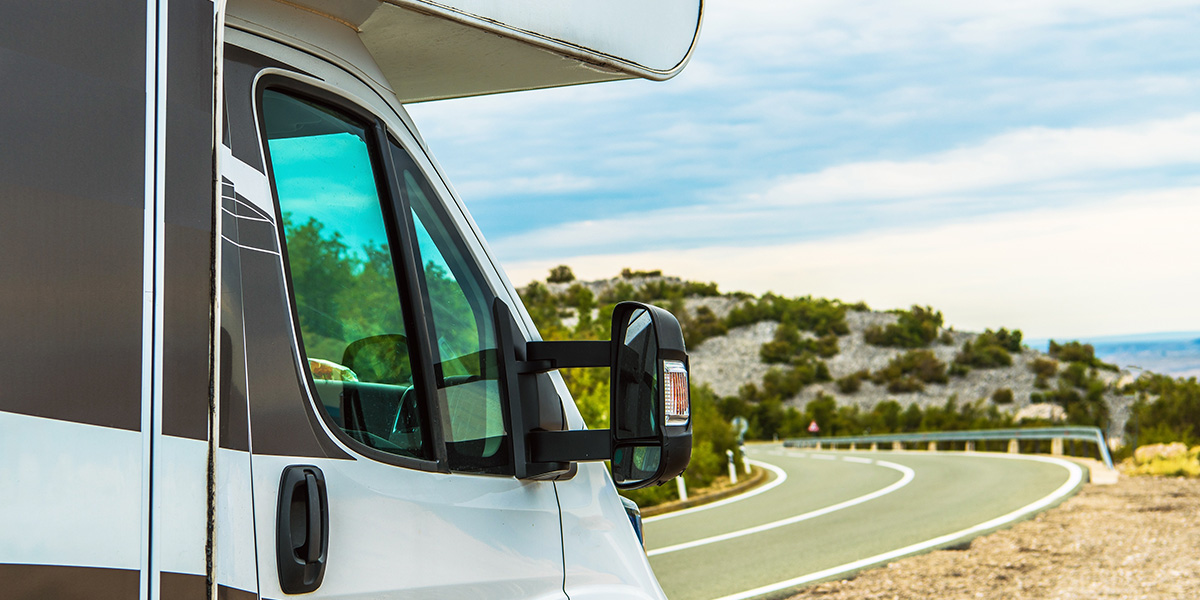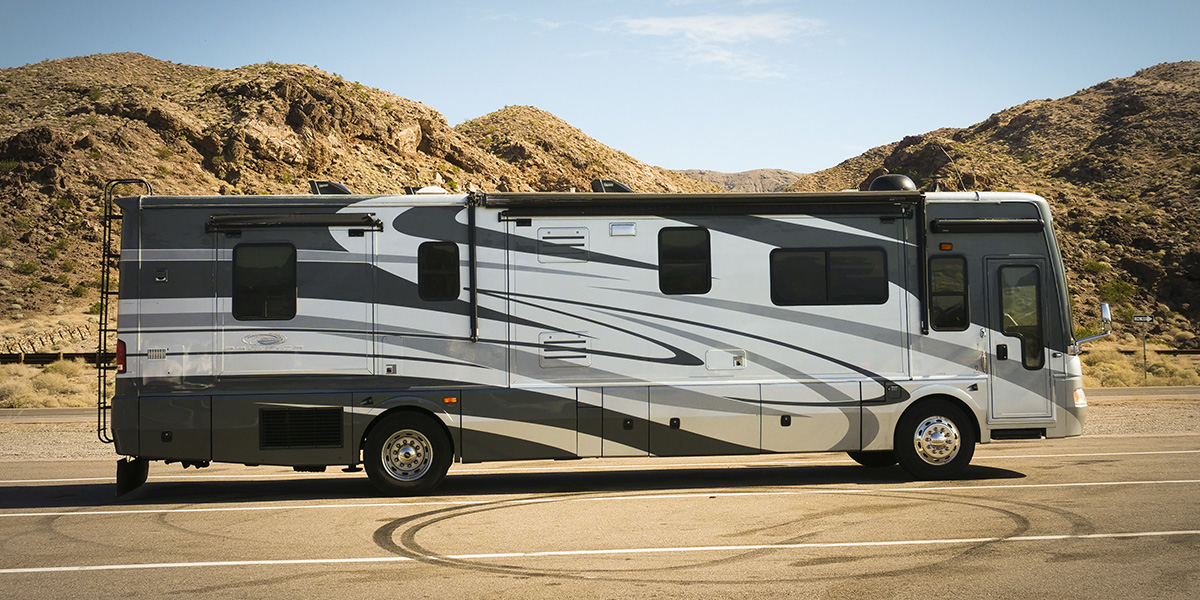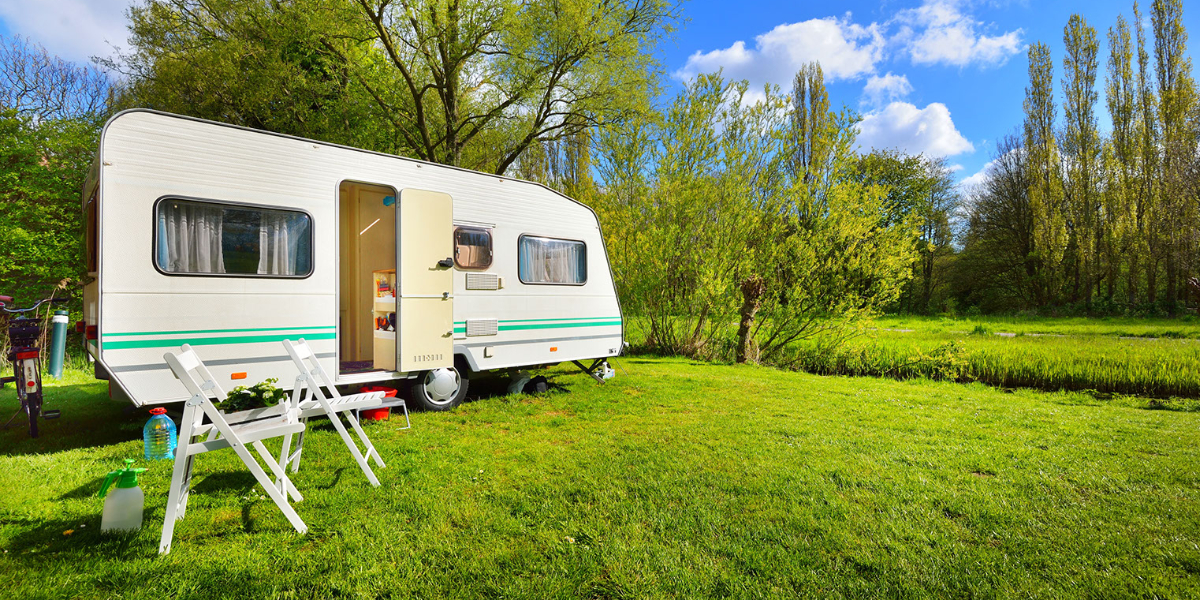RVs have so many possibilities when it comes to fun activities, such as camping, tailgating, and roadtrips. But one of the biggest drawbacks of these large vehicles is fuel economy, as the price of gasoline can get expensive with each visit to the pump. The most fuel efficient RVs are a win-win for finding relief from high fuel prices and keeping up your road-rambling adventures. RV Trader is sharing 20 of the most fuel-efficient RV models by vehicle class and what they have to offer for your next adventure.
Class A
1. Forest River Berkshire
A luxurious RV with elegant furniture, multiple flooring options, and a flatscreen TV, Forest River Berkshire can get up to 12.5 miles per gallon on the road. With a 100 gallon tank, this decked-out RV is a leader when it comes to fuel consumption for Class A motorhomes.
2. Holiday Rambler Navigator
Fun for vacations and long journeys, Holiday Rambler Navigator has excellent handling on the road and can get up to 10.6 miles per gallon. It also has a stylish and spacious interior, which can include a king bed, fireplace, and fully accessorized kitchen with appliances.
3. Newmar Dutch Star
Newmar Dutch Star stands out as a diesel motor coach that’s both comfortable and classy with its interior design. It can also get up to 11 miles per gallon, partly from its advanced steering tech, tire pressure monitoring, and stability and traction controls.
4. Thor Palazzo 33.5
Fitting for a family excursion, Thor Palazzo 33.5 is big on space and doesn’t compromise on fuel economy. At its best it can get up to about 13 miles per gallon, which is impressive when you consider it comes with a queen bed, bunk beds, sofa bed, shower, and dinette.
Class B
5. American Coach Patriot
A Class B RV that’s distinguished by its luxury and latest accessories, American Coach Patriot reaches 20 miles per gallon, plus it comes with a rooftop solar charging system. Even in a smaller vehicle, you’ll find it has much to offer with a shower, lounge, wardrobe, and space for miniature kitchen appliances.
6. Airstream Interstate Grand Tour Ext
A top-seller for Class B diesel motorhomes, Airstream Interstate Grand Tour Ext is excellent for couples that decide to hit the road in their RV, and averages around 18 miles per gallon. Its Mercedes-Benz chassis comes with sleeping space, a fully equipped restroom, and sophisticated driving features.
7. Coachmen Beyond
Described as the Class B RV for anyone with an active lifestyle, Coachmen Beyond runs on a Ford chassis and can get 18 miles per gallon on longer trips. It comes with a bed or sofa, bath, sink, shower, galley, and frameless windows for taking in a view.
8. Coachmen Nova
If you’re going on an adventure in the great outdoors, Coachmen Nova is one of your best options for taking you there. Another Class B that can get 18 miles per gallon on the highway, it gets power from a RAM Pro Master chassis, while it comes with a bath and shower, full kitchen, and is solar power-compatible.
9. Midwest Automotive Design Passage 170 Ext MDP4 Lounge
Big on comfort and appearance, Midwest Automotive Design Passage 170 Ext MDP4 Lounge runs on about 18 miles per gallon. Giving RVers plenty of style, it comes with a fold-out lounge sofa, accessorized kitchen, HD TV and WiFi, and elegant furnishings.
10. Roadtrek Sprinter RS Adventurous
Great for RV duos, Roadtrek Sprinter RS Adventurous gets nearly 24 miles per gallon, taking you further on longer roadtrips than many other Class B vehicles. With a Mercedes-Benz chassis, it has a crafted interior design you can personalize, along with sofas, tables, a wet bath, wardrobe, kitchen, and entertainment center.
11. Winnebago Revel
Winnebago Revel has a Mercedes-Benz Sprinter chassis and four-wheel drive, making it a great vehicle for off-road exploring and camping. On the road, you can reach 18 miles per gallon, and it also has a resourceful solar power system along with a bed, wet bath, and kitchen.
12. Winnebago Rialta 22QD
While Rialtas are older on the market, they’re still valuable and efficient, reaching nearly up to 22 miles per gallon with its tank. Winnebago Rialta 22QD is maneuverable and versatile, with enough space to relax on camping trips with small kitchen accessories, a dining table, restroom, and bed.
13. Winnebago Travato 59G
Another Winne that makes the Class B list, Winnebago Travato 59G makes the most of its smaller space while traveling up to 22 miles per gallon. While it’s great for fuel savings on RV trips, there is also enough room for a family of four with several beds, a small kitchen space with adjustable table, wet bath, raised floor, and double doors for accessibility.
Class C
14. Coachmen Leprechaun
In production since 1973, Coachmen Leprechaun is a leading model for Class C RVs, providing a power awning, backup cameras, and reaching 10 miles per gallon. As a large vehicle, it also has a spacious interior with crafted cabinetry and flooring, a queen bed, and full kitchen.
15. Gulfstream Conquest
Gulfstream Conquest is one of the best RVs you can get for a large family and reaches 10 miles per gallon on its Ford platform. It has multiple sleeping spaces, a wardrobe, restroom, dinette with fridge, entertainment space, and a skylight.
16. Thor Motor Coach Tiburon Sprinter
Smaller in size for its class, Thor Motor Coach Tiburon Sprinter compensates with fuel economy, as it averages 20 miles per gallon. In addition to its efficiency, it offers a dinette, large TV, multiple sleeping areas, restroom, and wardrobe.
17. Tiffin Wayfarer
Tiffin Wayfarer is a Class C made for voyaging and camping with a smaller party. Built with a Mercedes-Benz chassis and running on a tank that gets 14 miles per gallon, it comes with an outdoor awning, multiple beds, skylight, kitchen, restroom, and entertainment center.
18. Toyota Dolphin
First appearing on the market many years ago, some Toyota Dolphin makes are more retro in style but still running strong, with an ability to get 16 miles per gallon. A top choice if you’re looking to buy a used RV, it has overhead sleeping space, kitchen space, restroom amenities, and room for camping gear.
19. Winnebago Navion
As a diesel Class C that combines comfort with upscale amenities, Winnebago Navion seems to offer everything for all types of RVers. You can take it out for longer trips on the road as it maxes out at 18 miles per gallon on the highway, plus it has a solar power option if you decide to camp for several days.
20. Winnebago View 24V
Rounding out the list with yet another top model, Winnebago View 24V gets 17 miles to the gallon. Its luxury interior is equipped with with the amenities you expect from a Class C, but it’s also easy to drive with a reverse camera and voice control, and has a generator and solar power system to camp out.
You get more out of fuel-efficient RVs when you hit the road for a big trip. These vehicles allow you to travel further, camp longer using less energy, spend less money at the pump, and reduce carbon emissions. If you’re ready to purchase your next vehicle, be sure to see all of the new and used RVs on the marketplace at RV Trader.
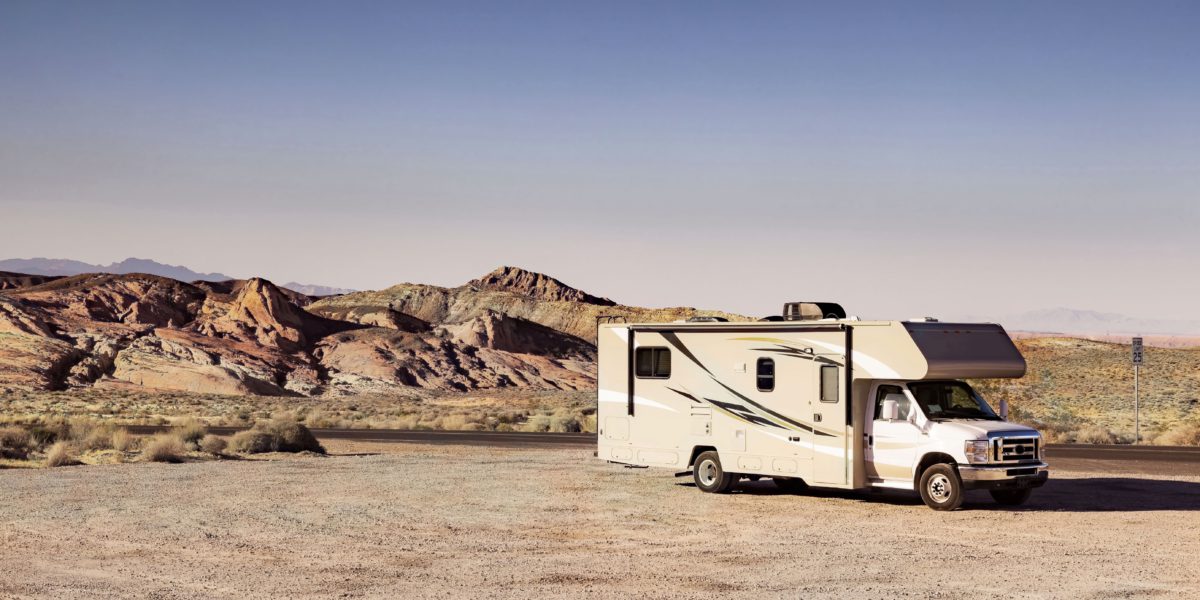

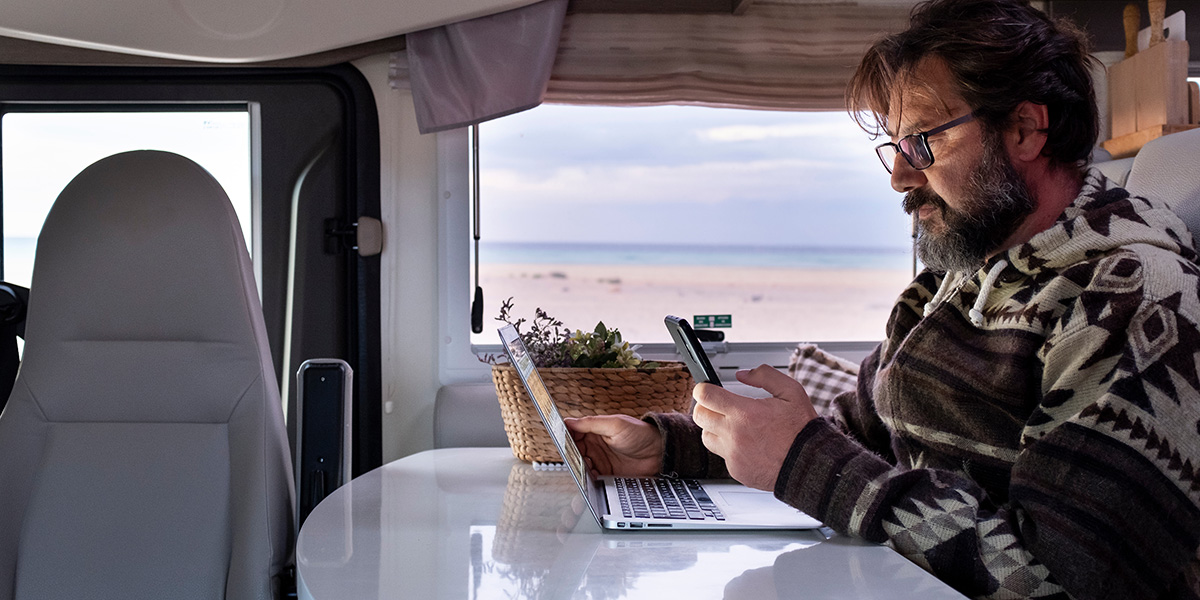
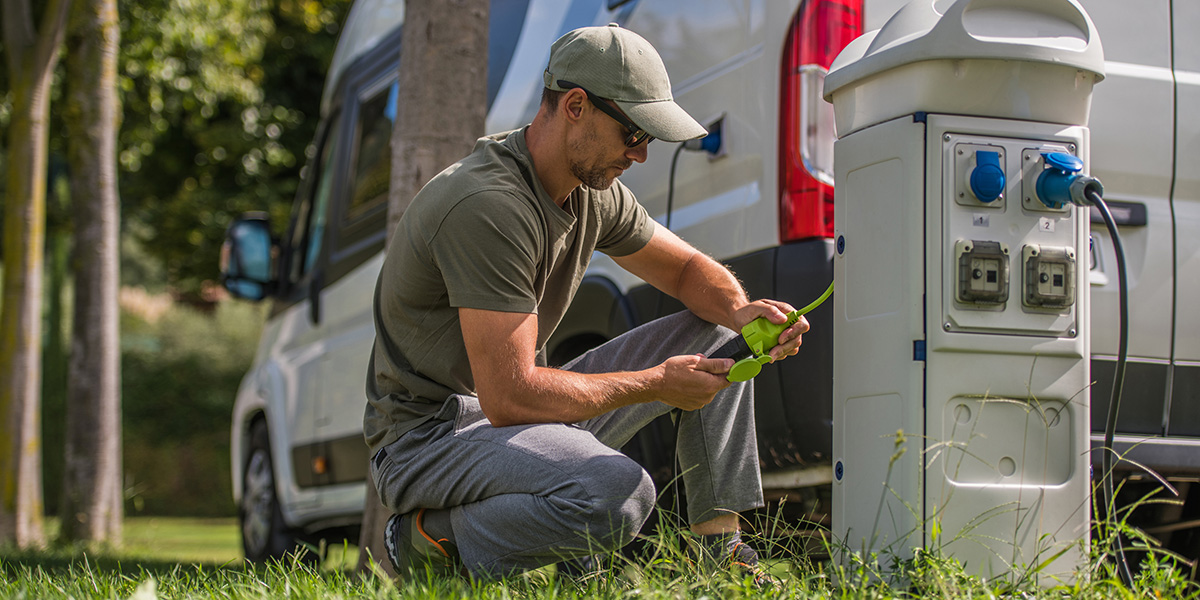

 FMCA
FMCA
